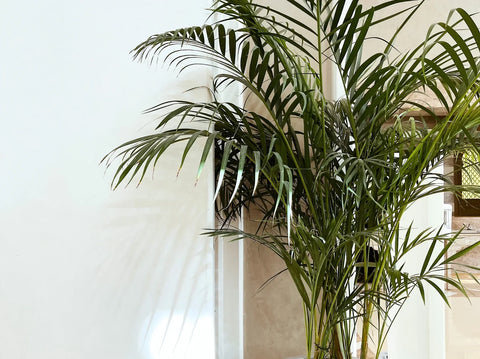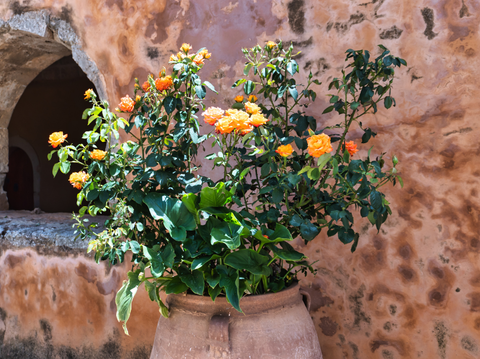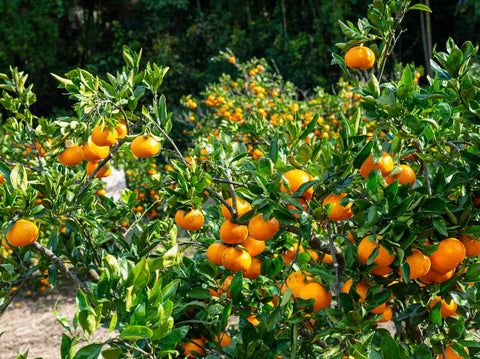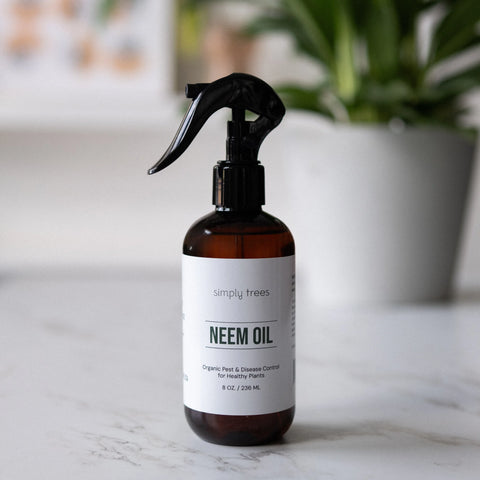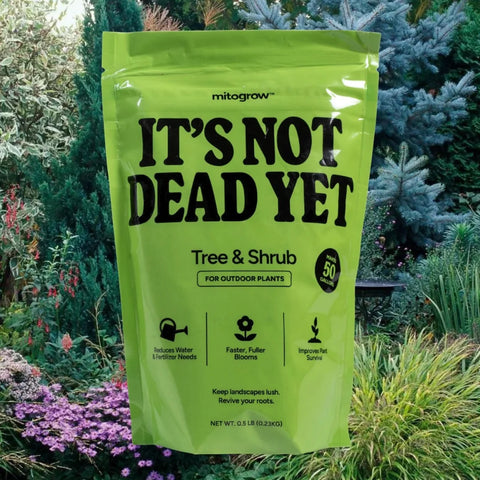Everything You Need to Know About Caring for a Kentia Palm
The Kentia Palm, known for its graceful fronds and ability to thrive in low-light conditions, is a favorite among houseplant enthusiasts. This elegant indoor palm adds a touch of sophistication to any space, whether it’s a home or office. To keep your Kentia Palm healthy and thriving, this guide covers everything from watering and repotting to troubleshooting common issues.
What Is the Kentia Palm Known For?
The Kentia Palm, also called Howea forsteriana, is renowned for its arching, feathery fronds and ability to adapt to low-light environments. It’s a low-maintenance plant that’s perfect for adding a tropical vibe to indoor spaces.
How Much Light Does the Kentia Palm Need?
Kentia Palms prefer bright, indirect light but can tolerate lower light conditions, making them a great choice for homes or offices with minimal sunlight. Avoid placing them in direct sunlight, as this can scorch the leaves.
How Often Should I Water the Kentia Palm?
Water your Kentia Palm when the top 2–3 inches of soil feel dry. Typically, this means watering every 1–2 weeks, depending on your home’s humidity and light levels. Overwatering can lead to root rot, so ensure the pot has proper drainage.
Does the Kentia Palm Need Special Soil?
Yes, Kentia Palms thrive in well-draining potting soil. Use a mix specifically designed for palms or create your own blend using standard potting soil, sand, and perlite. The soil should retain some moisture but not become waterlogged.
Do I Need to Fertilize My Kentia Palm?
Fertilize your Kentia Palm during the growing season (spring and summer) using a balanced liquid fertilizer diluted to half strength. Feeding once a month helps promote lush, green growth. Avoid fertilizing during fall and winter.
Should I Prune My Kentia Palm?
Pruning is minimal for Kentia Palms. Remove only brown or damaged fronds at the base with clean pruning shears. Avoid cutting healthy fronds, as the plant needs them for photosynthesis and overall growth.
When and How Do I Repot the Kentia Palm?
Repot your Kentia Palm every 2–3 years or when it becomes root-bound. Choose a container 1–2 inches larger in diameter than the current pot, and use fresh, well-draining soil. Repot in the spring to minimize stress on the plant.
How Big Does the Kentia Palm Get?
Indoors, the Kentia Palm typically grows to a height of 5–12 feet, depending on the size of the container and care. In outdoor tropical environments, it can grow up to 30–40 feet tall.
Is the Kentia Palm Safe Around Pets?
Yes, the Kentia Palm is considered non-toxic to cats and dogs, making it a pet-friendly choice for households with furry friends.
What Common Problems Affect Kentia Palms?
Kentia Palms are relatively hardy, but they can face a few issues:
• Yellowing Leaves: Often caused by overwatering or nutrient deficiencies.
• Brown Tips: Typically due to dry air or underwatering. Increase humidity or water appropriately.
• Pests: Watch for spider mites and mealybugs, which can be treated with neem oil or insecticidal soap.
Proper watering, occasional misting, and keeping the plant in stable conditions can prevent most problems.
Bring timeless elegance into your home with the Kentia Palm.
Shop our collection of healthy, lush palms and care essentials today. Shop Now
